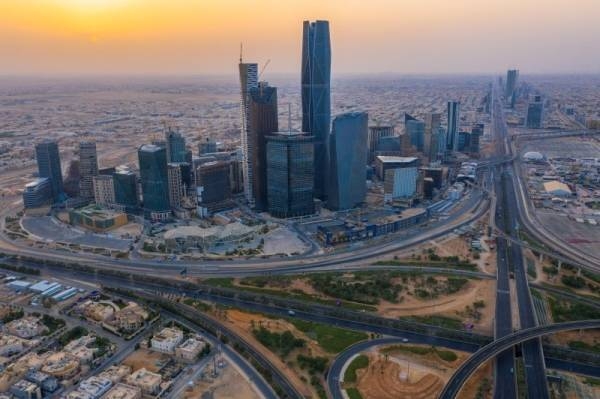Saudi Arabia’s non-oil economic activities saw a significant growth of 4.9 percent year-on-year in the second quarter of 2024, surpassing earlier estimates of 4.4 percent. This marks the highest growth rate in a year, as reported by the General Authority for Statistics (GASTAT). The data revealed a 3.4 percent growth in Q1 of 2024, followed by 4.2 percent and 3.2 percent in Q4 and Q3 of 2023, respectively. The seasonally adjusted real GDP in the second quarter of 2024 increased by 1.4 percent compared to the previous quarter, while it decreased by 0.3 percent compared to the same period in 2023 due to an 8.9 percent decline in oil activities.
Non-oil activities showed a significant growth of 4.9 percent year-on-year and 2.1 percent quarter-on-quarter, outperforming oil activities which contracted by 8.9 percent year-on-year. Government activities also saw a growth of 3.6 percent year-on-year and 2.3 percent quarter-on-quarter. Key sectors such as electricity, gas, water activities, and wholesale and retail trade, restaurants, and hotels, posted strong growth rates of 8.9 percent and 6.8 percent, respectively. The International Monetary Fund (IMF) expects the momentum of non-oil GDP growth to continue, with a forecast of an 8 percent growth if the national investment strategy is fully implemented.
The IMF’s recent report on the results of the Article IV Consultations highlighted the expected strong momentum of non-oil GDP growth in Saudi Arabia. The organization anticipates a boost in investment, particularly from the Public Investment Fund, which plans to increase its investments from $40 billion to $70 billion annually by 2025. With major events like the 2027 Asian Cup, the 2029 Asian Winter Games, and the 2030 World Expo on the horizon, the IMF believes that implementing the national investment strategy could further bolster non-oil GDP growth. Saudi authorities also express confidence in sustaining potential non-oil growth in the medium and long term through the implementation of Vision 2030.
The strong growth in non-oil economic activities in Saudi Arabia is a positive indicator for the country’s economic diversification efforts. The performance of key sectors such as electricity, gas, water activities, and wholesale and retail trade, restaurants, and hotels, bodes well for the overall economic outlook. With the government’s focus on implementing Vision 2030 and the national investment strategy, there is optimism for continued growth and development in non-oil sectors. The IMF’s projections further support the potential for robust non-oil GDP growth in the coming years.
Saudi Arabia’s non-oil economic activities have been resilient despite challenges in the oil sector. The recent growth in non-oil GDP, supported by sectors such as electricity, gas, water activities, and retail trade, reflects the country’s efforts to reduce its reliance on oil revenue. The government’s commitment to economic diversification through Vision 2030 and the national investment strategy is expected to drive sustained growth in non-oil sectors. The IMF’s positive outlook on Saudi Arabia’s economic prospects further reinforces confidence in the country’s ability to achieve its long-term economic goals.
Overall, Saudi Arabia’s non-oil economic activities have shown strong growth momentum in the second quarter of 2024, outperforming earlier estimates and marking the highest growth rate in a year. With ongoing efforts to diversify the economy, attract investments, and implement strategic reforms, the country is well-positioned to sustain growth in non-oil sectors. The positive projections from the IMF and the government’s confidence in implementing Vision 2030 indicate a promising outlook for Saudi Arabia’s economic future.











